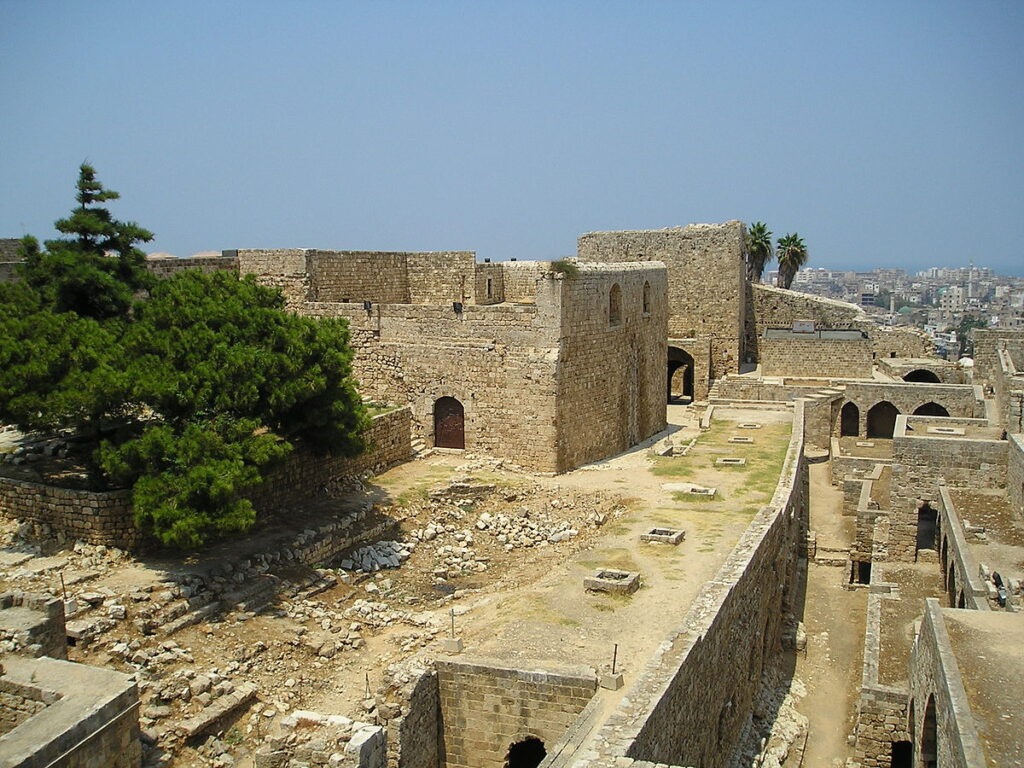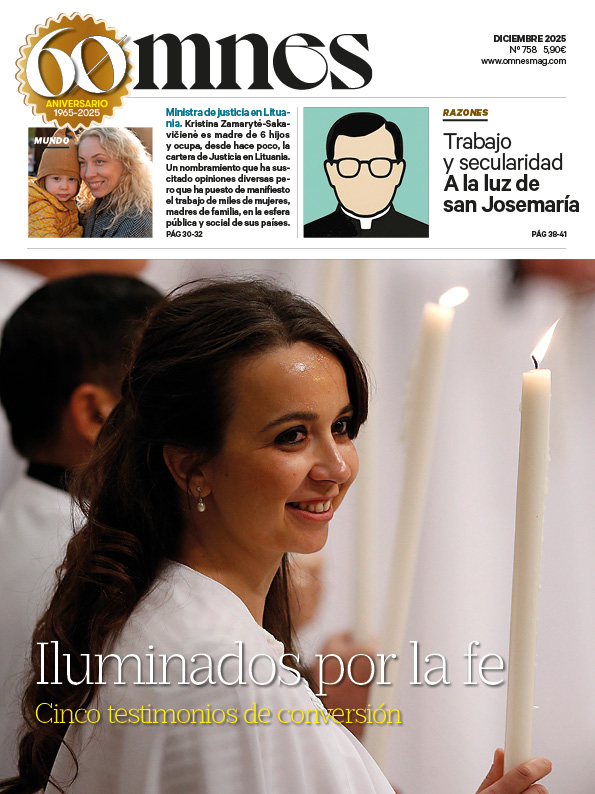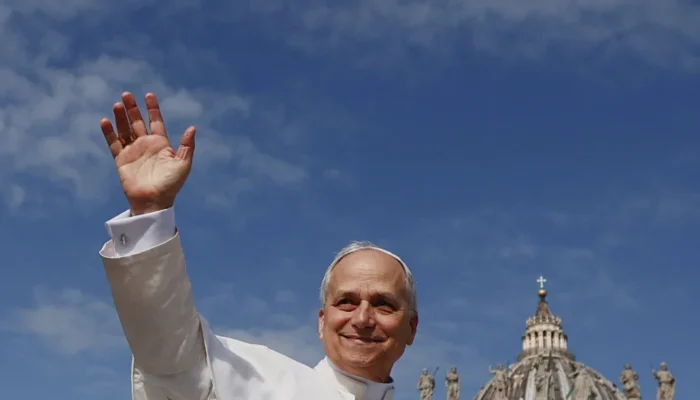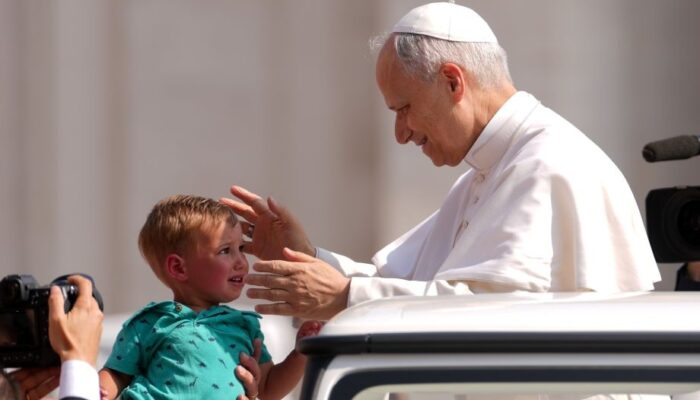Libya: its history, its culture
Part one: a fragmented country
An old Italian patriotic song, "Tripoli, bel suol d'amore," composed in 1911 during the Italo-Turkish war, praises the city of TripoliLibya's capital, as a land of beauty and passion, obviously celebrating the heroic national feat of conquering the first colony in the history of the newly unified Italy.
The present, however, shows us a Tripoli, with the country to which it belongs, as a land living the hell of a civil war that has tried it hard and whose consequences are still being paid by all the Libyan people.
Libya, both in colonial and post-colonial times, has represented for Italy a kind of mirror for its weaknesses but also for its strengths: from the cruel repression of the local opposition to the colonial regime to the large road and infrastructure construction companies; from the forced exodus of Italian settlers and Libyan Jews expelled by Gaddafi (and who flocked to Rome and Italy especially in the 1970s) to the glories of a partnership not always transparent with Gaddafi himself and which left many dark spots (including the infamous Ustica massacre).
A country never fully united
Nominally, Libya is a single large North African country (covering an area of about 1.76 million km²), bathed by the Mediterranean to the north and bordered by Egypt to the east, Sudan and Chad to the southeast, Niger to the southwest, and Algeria and Tunisia to the west. Despite its vast territory, its population is only 7 million (2023 estimates).
However, the civil war that began with the Arab Springs in 2011 and the subsequent overthrow of dictator Qaddafi revealed to the world its fragmented character, both geographically and culturally.
On the one hand, there is the capital, Tripoli, a city with more than 3 million inhabitants. Originally founded by the Phoenicians under the name of Oyat, it was later renamed by the Greeks as Oea. This city is heir to the Tripoli of Roman times, which consisted of a confederation of three cities: Oea, Sabrata and Leptis Magna. Located in the northwest of the country, Tripoli gives its name to a wider region known as Tripolitania, which covers the northwest of Libya and has established itself as a major economic and cultural hub of the nation.
On the other, or rather, on the others, we find: Cyrenaica, to the east, with its capital Benghazi (about 630.000 inhabitants in 2011), a region with strong tribal connotations, also linked to a more conservative view of Islam, which has always demanded greater autonomy, if not independence, from the central power, not least because of the wealth of oil and natural gas reserves found there; the Fezzan, to the south, a predominantly desert and sparsely populated region (small settlements and oases), with a marked presence of ethnic groups such as the Tuareg and the Tebu and culturally much closer to sub-Saharan Africa than to the Maghreb, where the infamous trafficking of human beings to Europe is concentrated.
However, from a religious point of view, the population seems more compact: 97% of Libyans declare themselves Muslims (predominantly Sunni, but with Ibadi and Sufi minorities).
A bit of history
The territory of present-day Libya has been inhabited since the Neolithic period by indigenous peoples, ancestors of today's Berber peoples, who practiced animal husbandry and cereal cultivation. Some of these populations (in particular the Libu, hence the name of the region) entered the Egyptian orbit and became tributaries of the pharaohs.
The Phoenicians of Tyre founded colonies on the coast of Tripolitania, specifically the ports of Leptis, Oea (Tripoli proper) and Sabrata, starting in the 7th century BC. These cities were united in a sort of alliance (later known as Tripolis) and subsequently fell under the aegis of Carthage (another Phoenician colony, in the territory of present-day Tunisia). To the east, on the other hand, in present-day Cyrenaica, the Greeks settled, founding Cyrene, Arsinoe, Berenice, Apollonia and Barce, which went on to form the so-called Cyrenaic Pentapolis. In the interior of the region (more specifically in the Fezzan), the kingdom of the Garamantes, a Berber-speaking population, developed.
When Alexander the Great conquered Egypt in 332-331 BC, he also subdued the confederation of Greek cities of Cyrenaica, which came to be ruled by the Ptolemies of Egypt, who founded a new city there: Ptolemais.
Then came the turn of the Romans, who first seized Tripolitania in 146 BC (after the destruction of Carthage) and then Cyrenaica in 96 BC, after a conflict with the Garamantes of Fezzan. However, even in this case the clear distinction between Tripolitania and Cyrenaica was maintained. In fact, the territories conquered by the Romans were then divided between the province of Africa (from Augustus "Africa Proconsularis", with the toponym Africa probably coming from the name of the Berber tribe of the Afrians, and which included, in addition to Tripolitania, also the coastal areas of Tunisia and eastern Algeria) and that of Crete and Cyrenaica (with Cyrenaica).
Leptis Magna, of which today its imposing ruins remain and which is included in the UNESCO World Heritage List (considered endangered since 2016) thus became one of the three largest cities in all of North Africa, giving rise to the Severan dynasty (in Rome it is possible to admire in the Roman Forum, in perfect condition, the arch dedicated to Emperor Septimius Severus, originally from Leptis Magna).
The arrival of Islam and the Ottoman conquest
In 430 the territories of present-day Libya were conquered by the Vandals (Aryans) of Genseric, which caused the decline of the region.
In 533, however, the territory came under the Byzantine Empire at the hands of Justinian, regaining its former prosperity, but was taken, between 640 and 698, by Arab-Islamic troops and became part first of the Umayyad and then Abbasid caliphates, to end, from the ninth century, under the Aghlabids (the first autonomous Islamic dynasty under the Abbasid caliphate).
Different lineages alternated until the Ottoman conquest (1517-1551). In the 18th century, the dynasty of Pasha Karamanli ruled "de facto" Tripolitania, Cyrenaica and part of Fezzan (nominally still part of the Ottoman Empire) encouraging piracy and slave trade, until the Porte intervened directly in 1835 to restore its sovereignty.
Meanwhile, the Sufi confraternity ("tarīqa") of the Senussi (North African Sufi currents are a late phenomenon of Sufism, a form of Islamic mysticism, which in the area was more favorable to religious syncretism, even going so far as to sanctify some local figures known as marabouts), founded by Muḥammad al-Sanūsī in 1843, spread among the Bedouins of Cyrenaica, with its austere discipline in the religious sphere but its values more conciliatory with heterodox customs than with Islam. This "tarīqa" became in the 20th century a resistance movement against the French and Italians, led by figures such as Omar al-Mukhtār. Despite the resistance, Libya was eventually occupied (1912) by the Italians, who did not succeed in pacifying the hostile tribes until the 1930s.
Italian colonialism and later independence
During the Italian conquest campaign (1911-1912), part of the Italo-Turkish war, violent repressions and massacres against the local population took place. However, the Libyan resistance led by the Senussi continued until 1931, when Omar al-Mukhtār was captured and executed by the Italians.
During the Fascist colonial rule, the regime promoted, above all thanks to the famous condottiere/aviator and governor of colonial Libya, Italo Balbo (whose popularity and skills created a real rivalry with Mussolini himself, to the point that Balbo died, in suspicious circumstances, when his plane was shot down in Libya by Italian anti-aircraft fire) favored the settlement of tens of thousands of Italian settlers, encouraging agriculture (on the coastal strip) and the construction of a huge network of infrastructure (including the Via Balbia, an 1842 km coastal road that still today connects Tripoli with Cyrene). Balbo was also engaged in trying to resolve conflicts with the local population, closing, against Mussolini's wishes, some of the concentration camps where hundreds of people were deported only suspected of resisting the colonial power.
Balbo also founded, in 1939, ten villages for Libyan and Berber Arabs, each with its own mosque, school, social center (with gymnasium and cinema) and a small hospital, a first for the North African Arab world.
Italian immigration to Libya ceased after 1941, with Italy's entry into the war, and the country was occupied by the Allies in 1943. The local Italians and Jews, who at first formed a large community and later became some Italian citizens, were subjected to pogroms and violence in the post-war period, culminating in the mass exodus of the entire millenarian Jewish community.
After the end of World War II and Italian colonialism, and after a period of UN-mandated administration, Libya became independent as a monarchy in 1951, under the Senusite dynasty (King Idris I). The country remained largely underdeveloped until the discovery of oil in 1959, which made it one of the richest countries in Africa (it became Africa's leading oil exporter and a member of OPEC). The form of government was federal until 1963, when power was again centralized around Tripoli.
From Gaddafi to civil war
In 1969, a coup d'état led by Col. overthrew King Idris. Gaddafi established the new Libyan state on a model based on Islamic socialism and pan-Arab and pan-Africanist nationalism, as expressed in his "Green Book", published in 1975.
The work is divided into three parts: the first is dedicated to direct democracy, with the rejection of parties and the proposal of a government of the masses through popular committees; the second on the economy, based on a third way (third worldism) between capitalism and communism, with direct ownership by the workers; the third on a social model that emphasizes the family, the tribe and Islamic values as pillars of the community. In the text, Gaddafi calls this new state the "Jamahiriya".
In fact, the much-vaunted model of direct democracy immediately turned into yet another dictatorship. In fact, although Qaddafi brought undoubted economic benefits to the country (and to himself) by nationalizing the oil resources and adopting harsh policies against Western imperialism and the tens of thousands of Italians and Jews still remaining in the country (he nationalized all their assets and expelled them en masse from the country), he then closed all foreign bases and supported revolutionary and terrorist movements such as the PLO.
Tensions with the West culminated in the UN embargo after the Lockerbie bombing (1988). In the 2000s, Qaddafi attempted to normalize international relations by renouncing programs aimed at developing weapons of mass destruction and signing cooperation agreements with several Western governments, especially with the Italy of then Prime Minister Silvio Berlusconi.
In 2011, however, Libya was overwhelmed by the Arab Spring revolts, which led to the fall of the Qaddafi regime following a NATO military intervention (under strong pressure from France, which had the ignoble intention of taking over from Italy in the exploitation of the immense hydrocarbon deposits) and the assassination of Qaddafi himself. However, the fall of the dictator opened a phase of profound instability.
Libya, like Syria, was shown in all its complexity: tribal divisions, internal factions and conflicts never fully quelled were accentuated, and the country became the scene of a civil war between different groups: the Government of National Unity (GNU) in Tripoli, supported by the UN, Italy and Turkey, and the Libyan National Army (LNA) of Khalifa Haftar, then supported by France, Russia and Egypt. All this aggravated by the involvement of local militias and jihadist groups (including ISIS), which means that the solution to the dramatic Libyan situation, and national reconciliation, are still far away.
Writer, historian and expert on Middle Eastern history, politics and culture.








